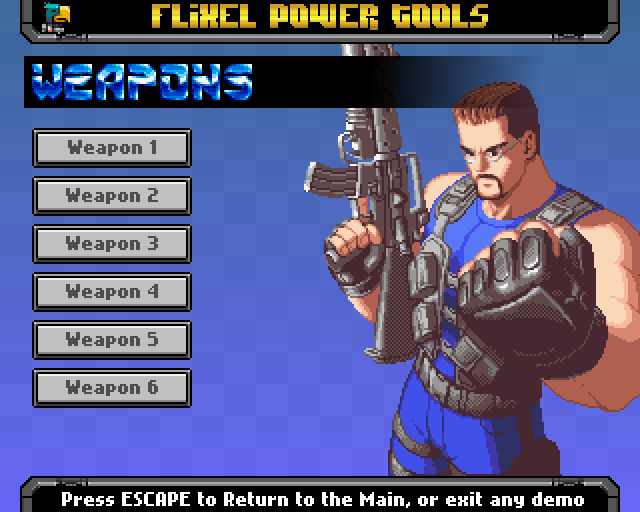I am using Mochi Media services for almost four years and I was the first to use their in-game leaderboards, so when I recommend them I know what I am talking about.
What happened during these years? Mochi grew a lot and from a simple service to display ads and let you earn money, like a lot more you can find on the web, became a complete solution to improve players’ experience allowing you to track links, introduce achievements, leaderboards, in-game shops and more, while keeping the main feature: let developers make money with their games.
With this huge set of offers, often new developers get lost and end with adding Mochi APIs without the full control of their power.
This guide will cover all Mochi services with a real world example, to make clear how to get the most out of your game and the Mochi API.
Your first Mochi game
If you aren’t already registered with Mochi Media do it, and once you are logged in select ADD GAME [...]
Read more: Guide to Mochi Media services – How to set up a game and enable for Live Update







 Although I’ve been beta testing this for a while now, Charles Goatley today officially released
Although I’ve been beta testing this for a while now, Charles Goatley today officially released 